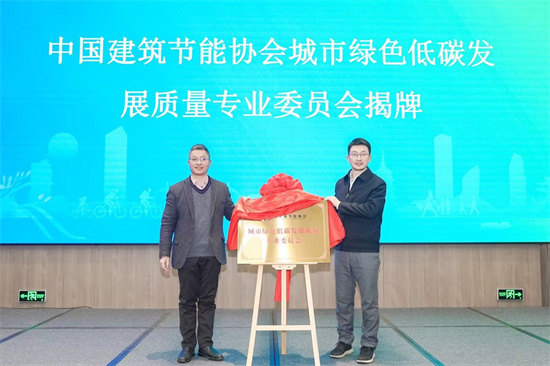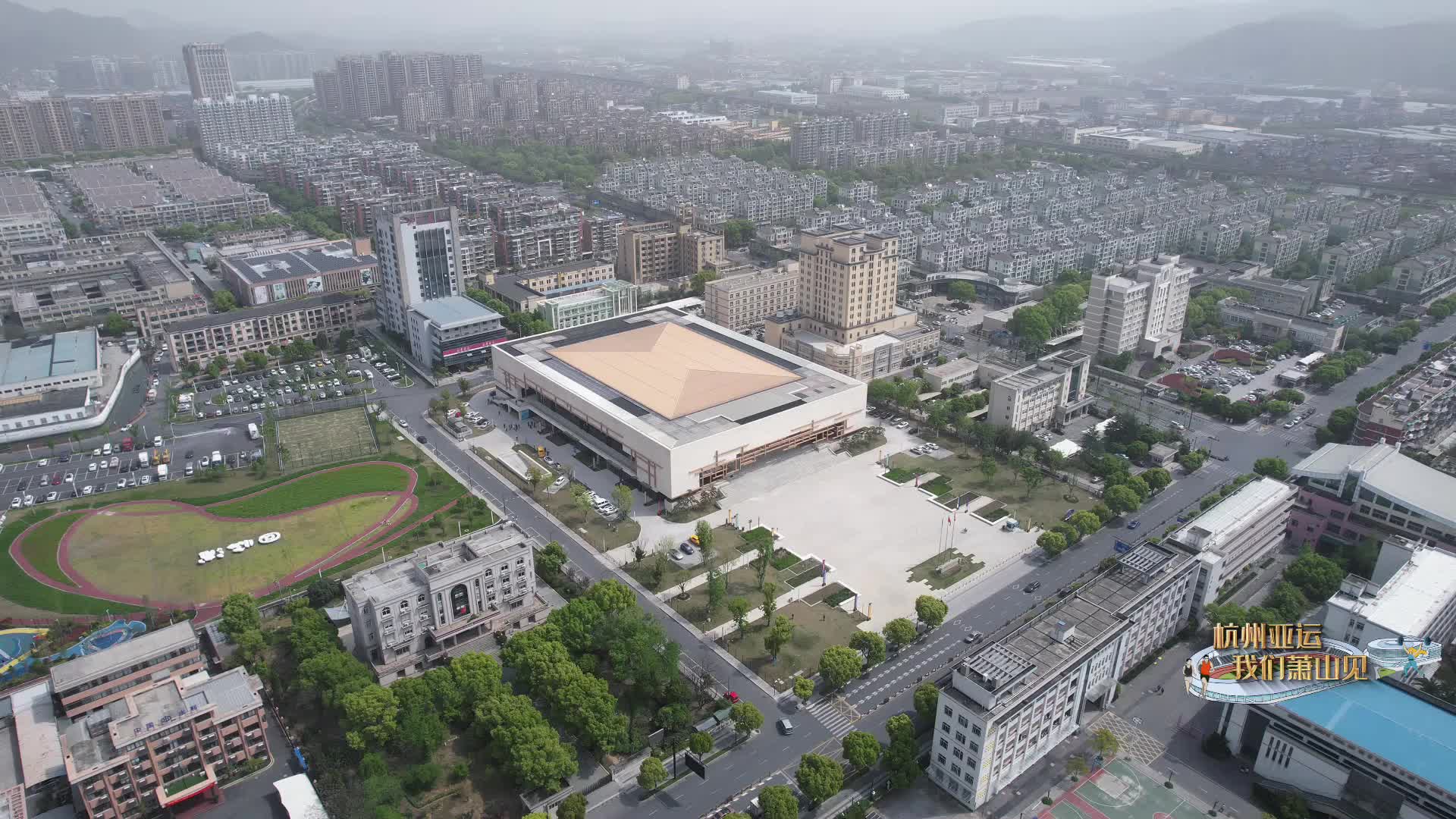Hangzhou leads domestic low-carbon urban construction

Hangzhou ranks second in low-carbon urban development among domestic cities. [Photo/hangzhou.com.cn]
Following its low-carbon transformation, Hangzhou, capital of East China's Zhejiang province, ranked second on a recent list evaluating the low-carbon urban development of domestic cities.
Beijing topped the list, while Nanjing, capital of East China's Jiangsu province, followed in the third place. The cities of Shanghai, Tianjin, Chongqing, Qingdao, Ningbo, Chengdu and Guangzhou ranked fourth to 10th.
The list analyzed the dynamic progress of urban low-carbon construction in eight aspects, including energy structure, economic development, production efficiency, urban residents, water area carbon sinking, forest carbon sinking, greenbelt carbon sinking, and low-carbon technology.
The list is expected to guide the direction of low-carbon city construction for local officials, provide a reference to help citizens better understand and participate in low-carbon city construction, and offer a theoretical basis for research.
"China's goal of peaking carbon emissions by 2030 and reaching carbon neutrality by 2060 cannot be achieved overnight and requires all of society to make long-term efforts in all aspects of low-carbon construction," said professor Shen Liyin, one of the initiators of the list.
China's first blue book on low-carbon city construction, Blue Book 2022, was launched at the same time.

An aerial view of West Lake in Hangzhou, Zhejiang province, on Nov 23, 2022. [Photo/IC]
-
Foreign teacher, Hangzhou students capture picturesque countryside
August 9, 2023
-
Hangzhou Asian Games launch 50-day-to-go campaign
August 4, 2023
-
Hangzhou achieves 6.9% GDP growth in H1 2023
July 27, 2023



